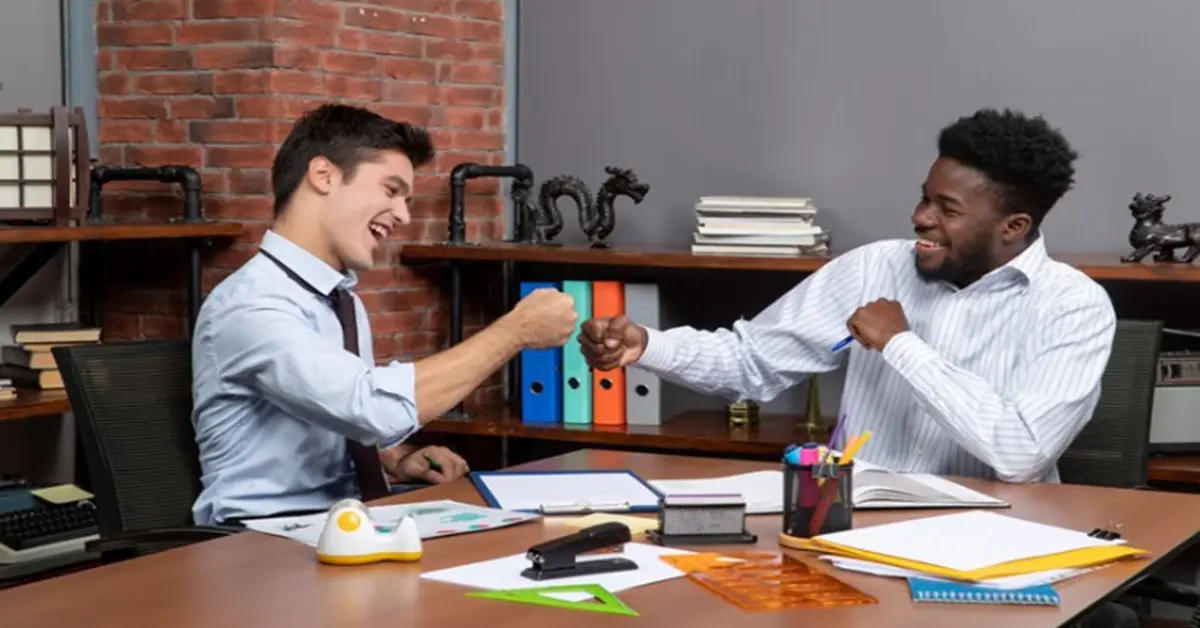1. Understanding Informal Rules
1.1 The Nature of Informal Rules
Informal partner of rules informally nyt can be thought of as the social glue that holds groups together. They govern everyday interactions and establish what is deemed acceptable behavior among peers. These rules may arise from cultural backgrounds, personal experiences, and social contexts, making them unique to each relationship or community. For instance, in some cultures, it’s customary to greet each other with a hug, while in others, a simple nod or smile suffices.
2. Importance of Informal Rules
2.1 Building Trust and Respect
Informal partner of rules informally nyt foster a sense of trust and respect. When individuals adhere to these unspoken agreements, they demonstrate reliability and commitment to the relationship. This consistency in behavior creates a foundation for deeper connections. In a friendship, for example, mutual understanding of informal rules—like being punctual or responding promptly to messages—can strengthen the bond between friends.
3. Types of Informal Rules
3.1 Social Norms
Social norms encompass a wide range of behaviors, from greeting conventions to dress codes. For example, in a casual setting, it might be perfectly acceptable to dress down, while formal occasions typically demand more polished attire. Understanding these norms can help individuals navigate social settings with ease and avoid potential faux pas.
3.2 Workplace Etiquette
In the workplace, informal rules often dictate how employees interact with one another. These may include norms surrounding communication styles—such as the appropriate tone to use in emails or how to approach colleagues with questions. Recognizing and adhering to these rules can lead to a more harmonious and productive work environment.
4. How Informal Rules Evolve
4.1 Influence of Culture
Culture plays a significant role in shaping informal. In multicultural environments, individuals may encounter varying expectations about communication, body language, and social interactions. Being mindful of these cultural differences is essential for fostering inclusive relationships.
4.2 Role of Technology
With the rise of digital communication, informal rules have also adapted. The way we communicate through emails, texts, and social media has introduced new norms—such as the expectation of quick replies or the appropriateness of using emojis. Understanding these evolving informal rules is crucial for effective communication in the digital age.
5. Communicating Informal Rules
5.1 The Importance of Clarity
While informal partner of rules informally nyt may be unwritten, that doesn’t mean they should remain unspoken. Clearly discussing these guidelines helps prevent misunderstandings. For instance, in a team project, discussing deadlines and preferred communication methods can set the tone for collaboration and minimize conflict.
5.2 Nonverbal Communication
Nonverbal cues are powerful in conveying informal rules. For instance, maintaining eye contact while speaking indicates engagement and respect, while crossing arms may be perceived as defensiveness. Being aware of body language can enhance communication and help individuals understand the unspoken expectations within a group.
6. The Impact of Breaking Informal Rules
6.1 Consequences in Personal Relationships
When informal rules are violated, the impact can be significant. For instance, if a friend repeatedly cancels plans without explanation, it can lead to feelings of neglect and frustration. Recognizing the importance of these informal agreements is crucial for maintaining healthy relationships.
6.2 Effects in the Workplace
In professional settings, breaching informal rules can create tension among colleagues. For example, interrupting someone during a meeting or disregarding email etiquette can foster resentment and disrupt team dynamics. Understanding and respecting these informal guidelines is essential for a collaborative work environment.
7. How to Establish Your Own Informal Rules
7.1 Setting Expectations
Establishing informal rules begins with clear expectations. When initiating a new friendship or professional relationship, discussing boundaries and preferences upfront can create a strong foundation. For example, agreeing on how frequently to communicate or the types of social activities to engage in can clarify expectations.
7.2 Encouraging Open Dialogue
Fostering an environment that encourages open dialogue can significantly enhance understanding and adherence to informal rules. Regular check-ins with friends or colleagues about what is working and what needs adjustment can help maintain a healthy balance and strengthen relationships.
8. Conclusion
8.1 Recap of Key Points
The concept of the partner of rules informally nyt emphasizes the significance of understanding and adhering to unwritten guidelines in our interactions. By recognizing the value of informal rules, we can nurture trust, respect, and effective communication in both personal and professional relationships.
Establishing and respecting these informal agreements creates a sense of community and belonging, allowing individuals to navigate social landscapes with confidence.
